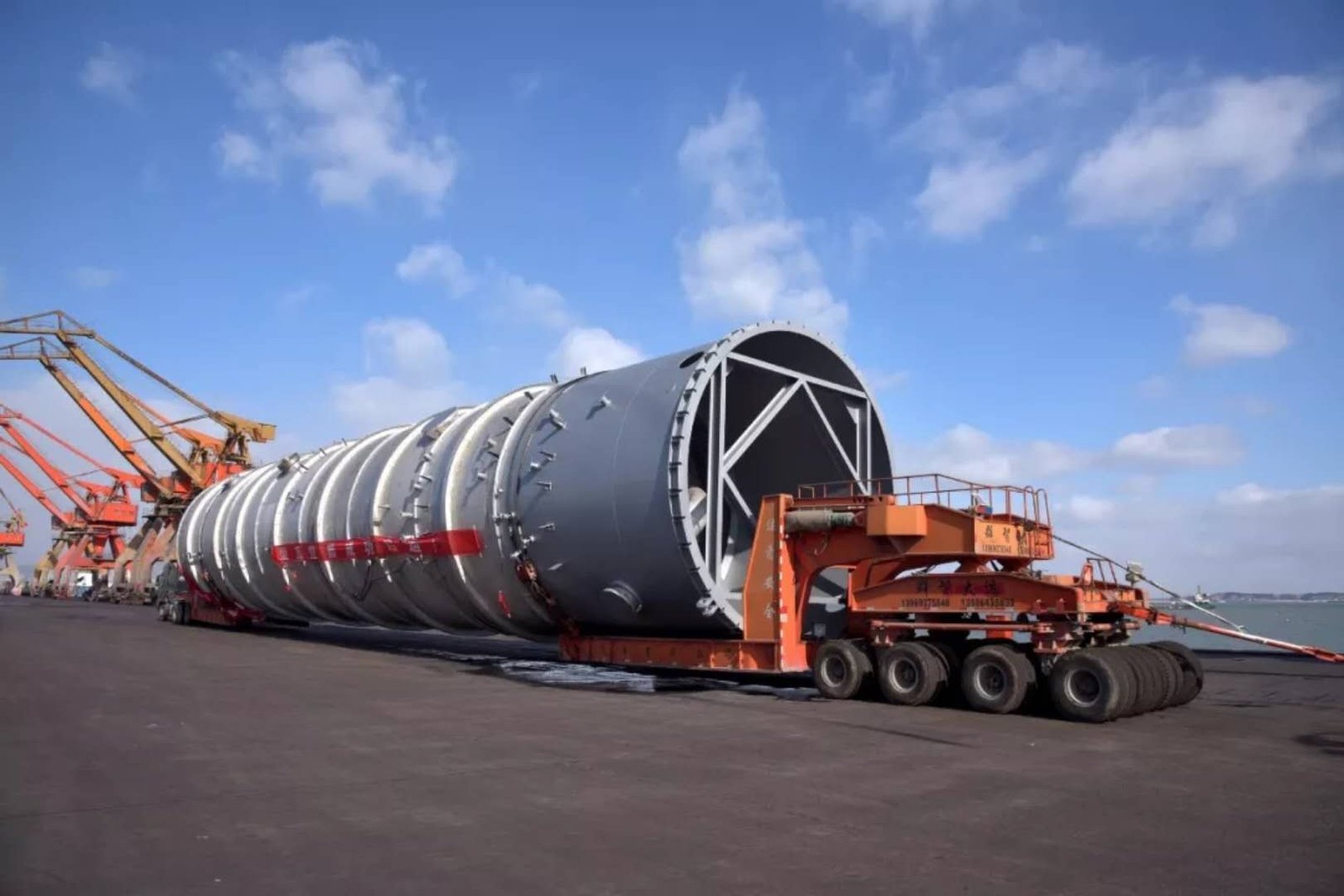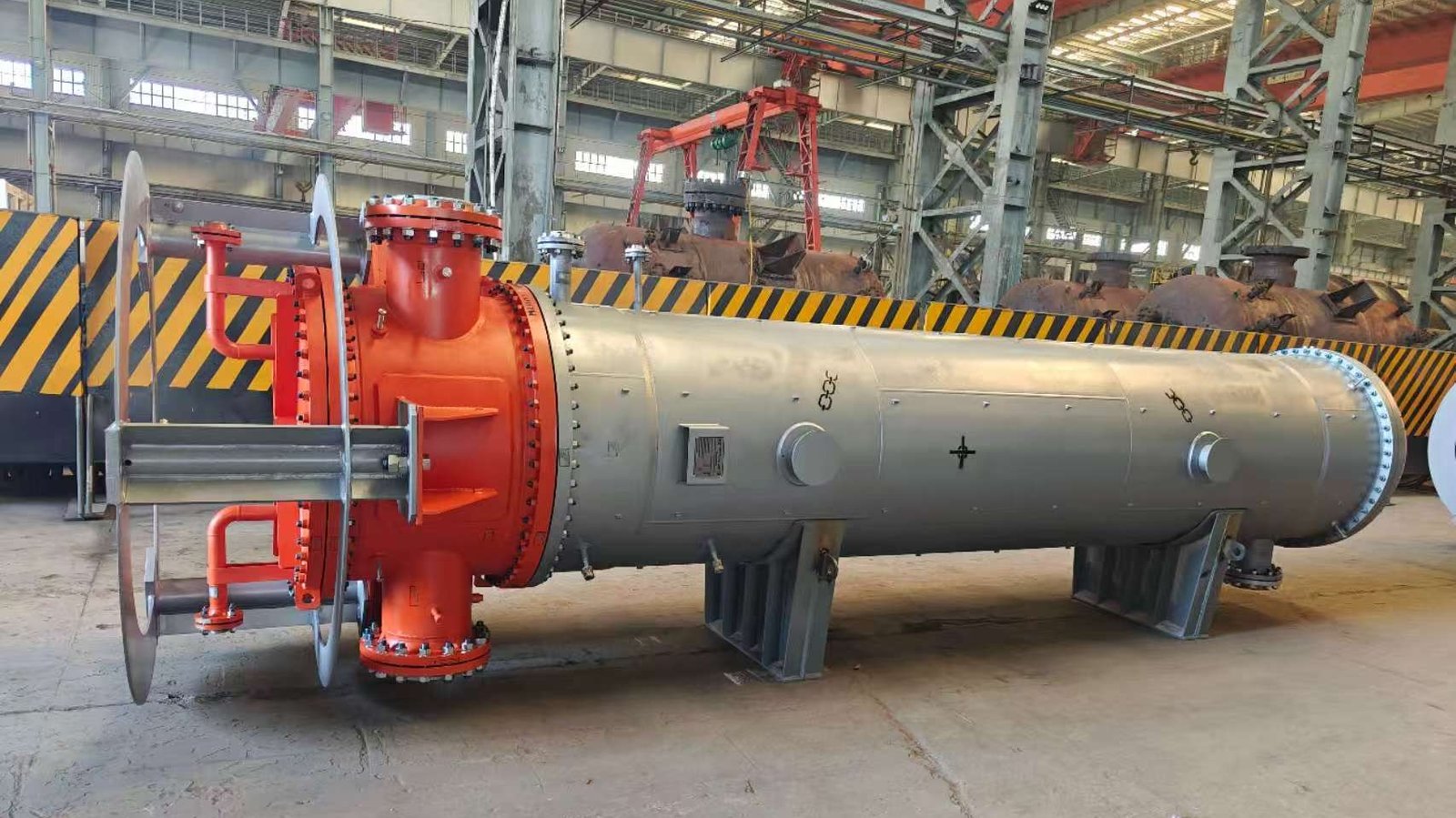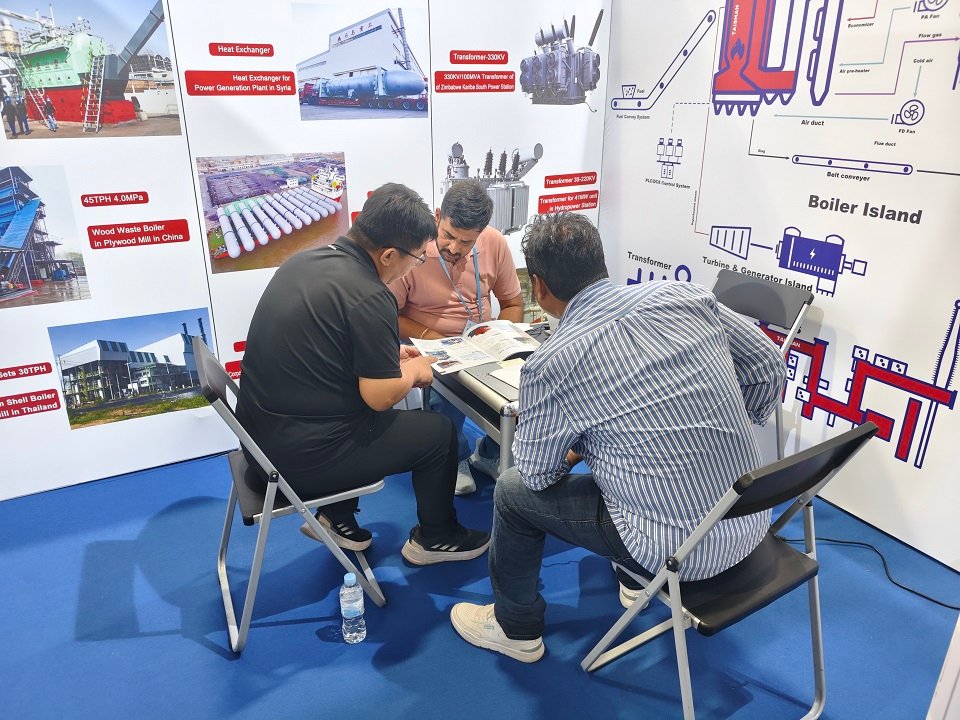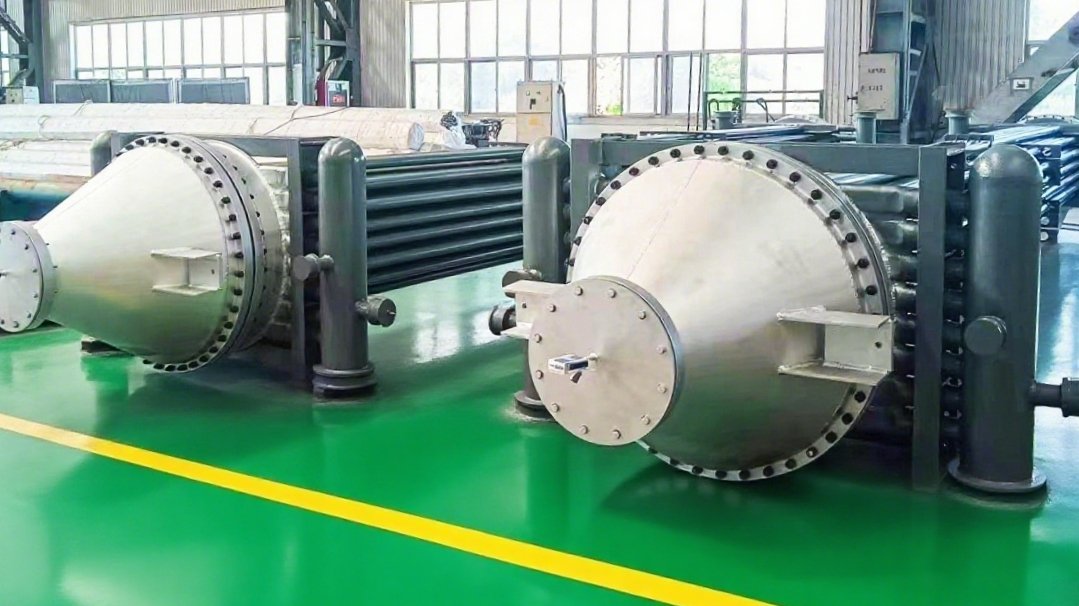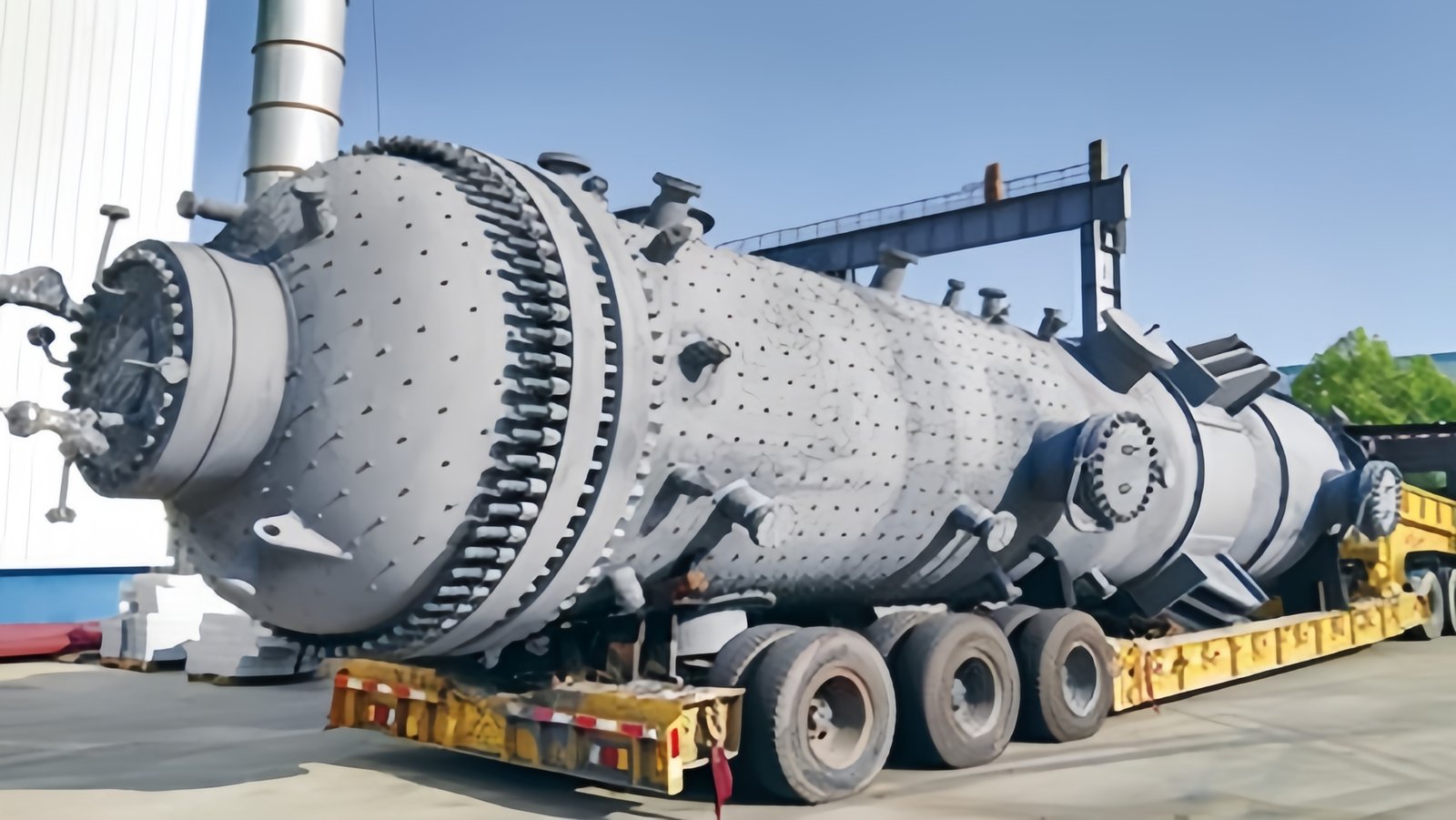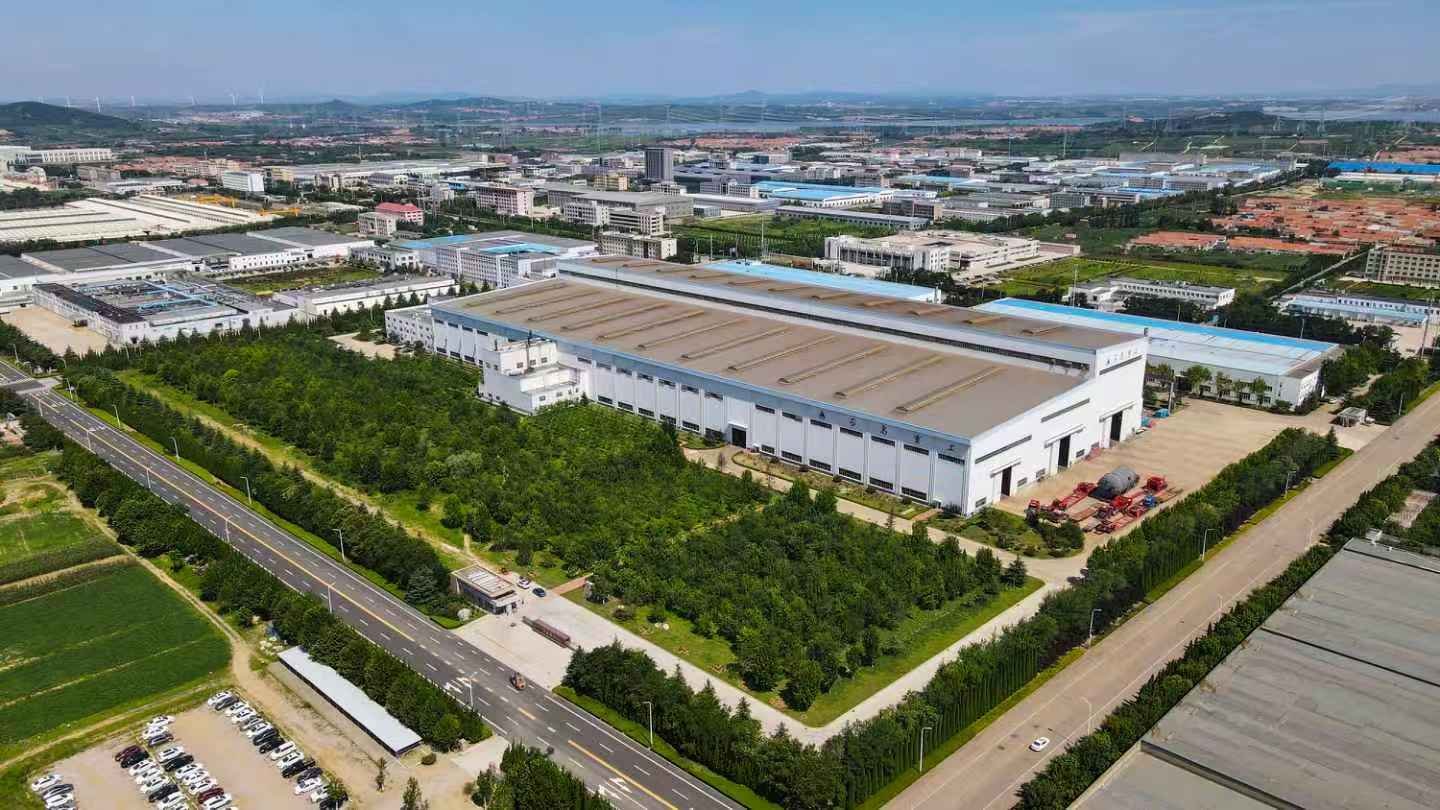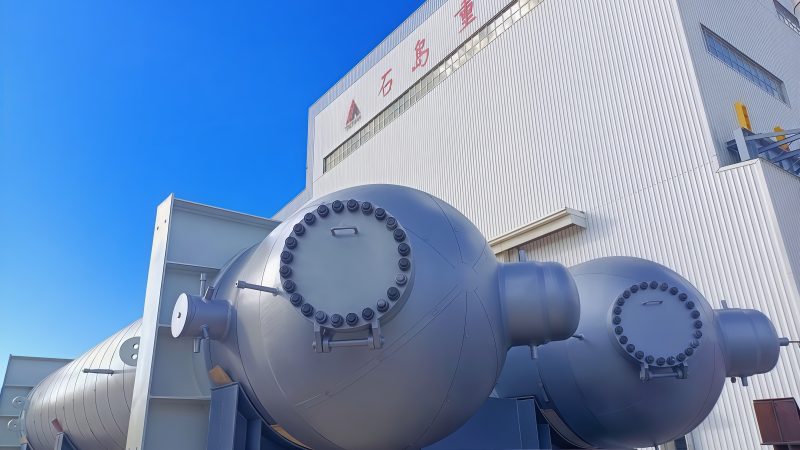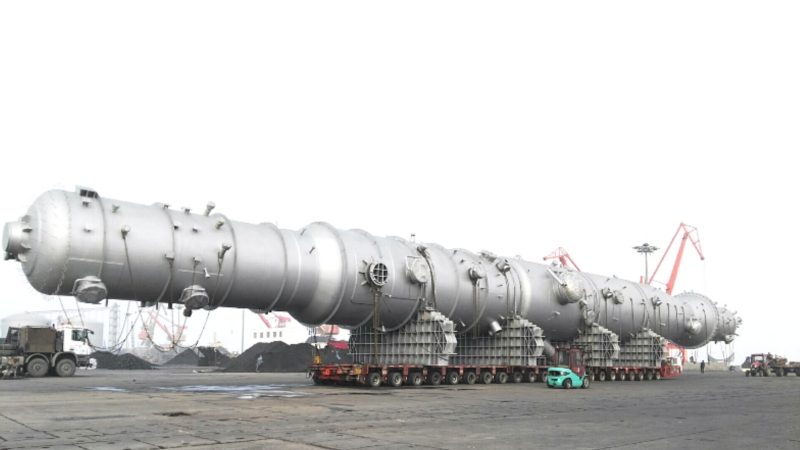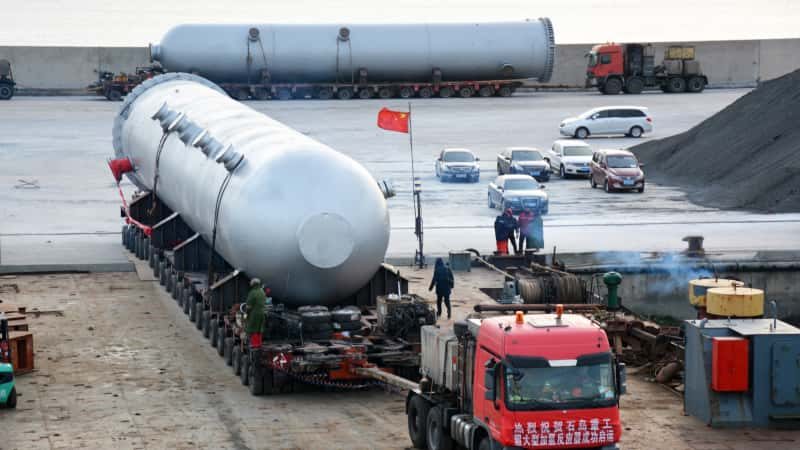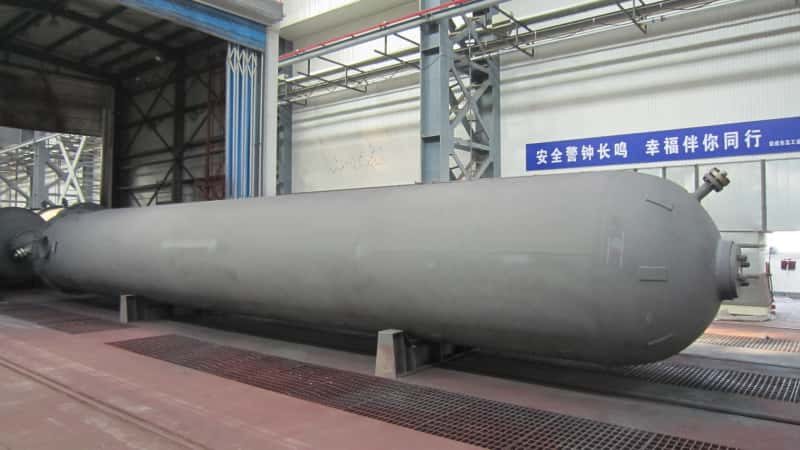\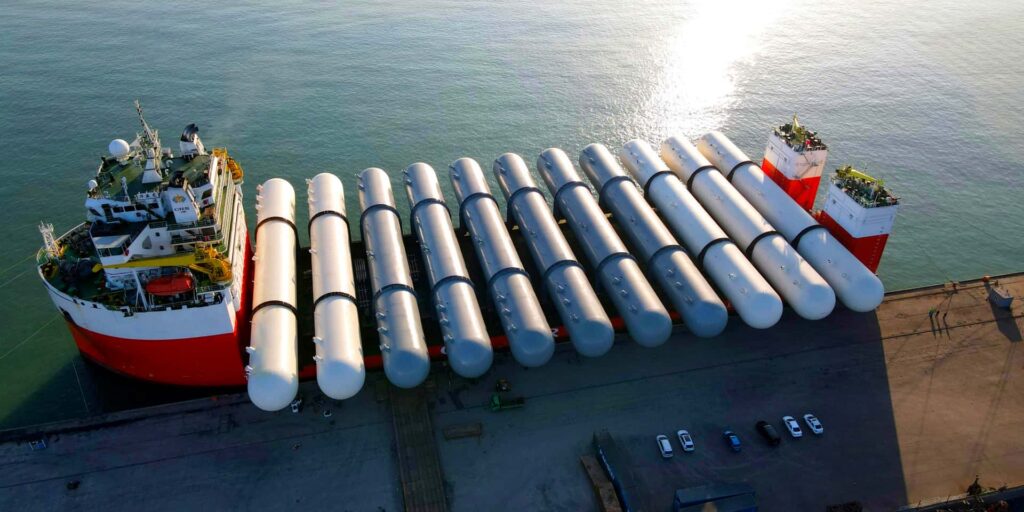 по умолчанию[/caption]
по умолчанию[/caption]
In pressurized systems—whether it’s for powering pneumatic tools, transporting natural gas, or processing petrochemicals—two commonly confused components are the сосуд под давлением and the компрессор. Despite their close operational proximity in many industrial settings, these two elements serve entirely different functions, are governed by different engineering principles, and follow distinct safety standards. Mistaking one for the other in system design, procurement, or maintenance can lead to safety code violations, equipment failure, or even system inefficiency.
A pressure vessel is a sealed container designed to store or process gases or liquids under pressure, while a compressor is a mechanical device that increases the pressure of a gas by reducing its volume. The pressure vessel holds the pressurized medium; the compressor creates it.
Whether you’re managing a chemical plant, designing HVAC systems, or working in energy infrastructure, understanding this distinction is essential for compliance, functionality, and safety. Read on to explore in-depth the mechanical, regulatory, and operational differences between pressure vessels and compressors.
\
Compressors and pressure vessels serve the same purpose in a pressure system.ЛОЖЬ
Compressors generate pressure by compressing gases, while pressure vessels store or contain that pressure. They serve different but complementary roles.
Functional Definitions: What Each Component Does
Сосуд под давлением
А сосуд под давлением is a static container engineered to safely store gases or liquids at pressure levels different from atmospheric pressure, either higher or lower. It does not generate pressure by itself but contains it after it is introduced by an external source—often a compressor.
Compressor
А компрессор is a dynamic, mechanical device that increases the pressure of a gas by reducing its volume. It consumes energy (usually electric, diesel, or steam) to perform this mechanical work and may feed that pressurized gas into a pressure vessel for storage or further processing.
Functional Role Comparison
| Компонент | Primary Role | Static or Dynamic |
|---|---|---|
| Сосуд под давлением | Stores/processes pressurized gas or liquid | Static (stationary) |
| Compressor | Creates/compresses pressurized gas | Dynamic (mechanical) |
Key Technical and Design Differences
| Особенность | Сосуд под давлением | Compressor |
|---|---|---|
| Функция | Хранит или обрабатывает жидкость под давлением | Increases gas pressure |
| Mechanical Movement | None (passive system) | Yes (rotating or reciprocating parts) |
| Energy Requirement | None for operation; needs pressure input | Requires external energy source |
| Governing Code | ASME, раздел VIII, PED, GB 150 | API 619, API 672, ISO 10440, ASME PTC-10 |
| Pressure Regulation | Done via safety valves, control instrumentation | Built-in mechanical regulation (staging, throttling) |
| Частота технического обслуживания | Low (based on periodic inspection) | High (due to moving parts and wear) |
| Installation Type | Fixed/static equipment | Often skid-mounted or part of modular packages |
\ Pressure vessels can generate pressure on their own.ЛОЖЬ Pressure vessels do not generate pressure. They only contain or process pressurized contents that are introduced by compressors or other pressure-generating systems.
Common Applications: How They Work Together
Integrated Example: Air Compressor System
Let’s look at a compressed air system commonly found in manufacturing.
- Compressor: Draws in ambient air and compresses it from 14.7 psi to 120 psi.
- Intercooler (optional): Reduces heat between compression stages.
- Air Receiver Tank (Pressure Vessel): Stores the pressurized air to balance load and demand, reduce compressor cycling, and ensure a steady air supply.
Application Comparison Table
| Промышленность | Compressor Role | Pressure Vessel Role |
|---|---|---|
| Нефть и газ | Compress natural gas for pipeline injection | Store compressed gas for metering and stabilization |
| Фармацевтическая | Compress air for process use or inert gas supply | Maintain pressurized clean steam or oxygen in storage tanks |
| Еда и напитки | Compress CO₂ for carbonation | Hold CO₂ under controlled conditions in storage vessels |
| Генерация электроэнергии | Compress combustion air or cooling gas | Store pressurized water or steam for turbines |
Mechanical Construction Differences
Pressure Vessel Design Features
- Heavy-duty construction using SA-516, 304/316 stainless steel, Inconel, etc.
- Static design with no moving parts.
- Equipped with relief valves, gauges, level indicators.
- Cylindrical or spherical shapes common for even stress distribution.
Compressor Design Features
- Contains pistons, vanes, screws, or centrifugal impellers.
- Requires lubrication, vibration control, and cooling systems.
- Includes intake filters, pressure relief valves, and condensate drains.
| Компонент | Compressor | Сосуд под давлением |
|---|---|---|
| Rotors/Pistons | Да | Нет |
| Electric Motor | Integral to function | Не требуется |
| Instrumentation | Performance sensors | Pressure, temperature, level gauges |
| Internal Structure | Mechanical compression chambers | May include baffles, coils, trays |
Pressure and Performance Chart
| Параметр | Compressor | Сосуд под давлением |
|---|---|---|
| Диапазон рабочего давления | 20–10,000 psi (varies by type) | Up to 100,000 psi (ultra-high types) |
| Скорость потока | 1–100,000 SCFM | Depends on vessel size/capacity |
| Energy Source | Electric, diesel, gas | None (except for auxiliary controls) |
| Ожидаемая продолжительность жизни | 5–15 years (w/ maintenance) | 20–30 years or more |
\ Compressors are required to make a pressure vessel functional in a pressurized gas system.Истинный Compressors are typically the source of pressurization for gas systems, while the vessel stores or stabilizes the pressure.
Real-World Case Study: Natural Gas Dehydration Plant
- Compressor: Inlet gas compressor raised pressure from 100 psi to 900 psi.
- Pressure Vessel: Three-stage separator and molecular sieve bed housed within ASME-coded vessels to dry the gas.
- Результат: Safe storage and transport of pipeline-ready gas with minimized compressor cycling and pressure surges.
Lesson: The compressor created the pressure; the pressure vessel maintained and managed it throughout the system.
Краткое содержание
In short, a compressor creates pressure, и a pressure vessel stores or processes it. They are fundamentally different pieces of equipment but are highly complementary in systems requiring pressurized gas or liquid handling. While the compressor involves mechanical motion and energy input, the pressure vessel is a passive, engineered container built for safety and compliance.
Need Help Engineering a Complete Pressure System?
We specialize in both Сосуды под давлением, сертифицированные ASME и industrial-grade compressors, offering fully integrated solutions tailored to your plant’s needs. Свяжитесь с нами сегодня to speak with our engineering team about designing, installing, or upgrading your pressure systems with guaranteed safety, performance, and code compliance.



